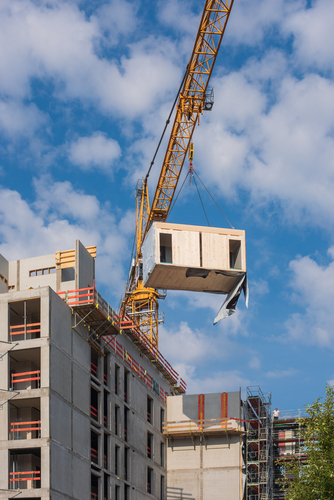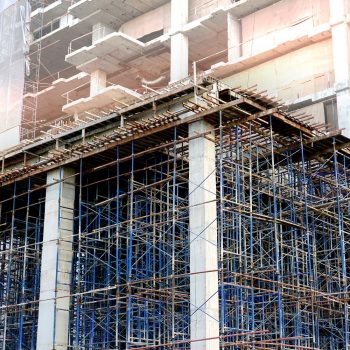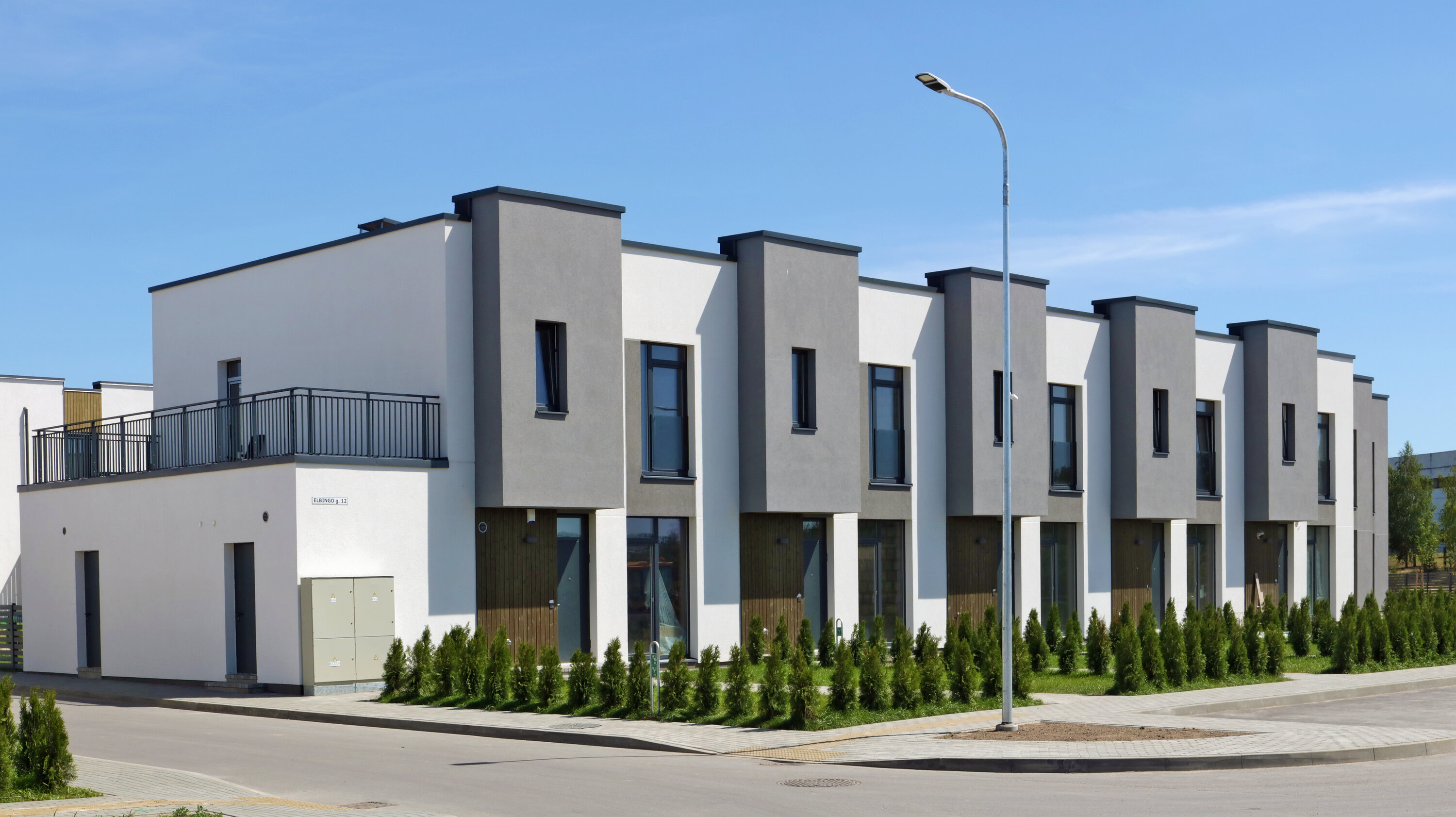Soaring ambitions and a world away from boxes…Modular building for modern times
Scarred with bombsites, and scattered with bricks and rubble, Europe emerged from the ashes of the Second World War with an unprecedented construction programme: and a lot of it looked like boxes, which is exactly what they were. In the UK 157,000 new modular homes were produced by the end of 1948 (compared with 13,229 new units last year), the United States built 347,000, and they were mostly prefabricated, modular units. Perhaps predictably, ‘The Times’ sniffed in 1948 that all those serried rows of boxes were “dull and unpleasing…and further repetition would be wearisome”, but still, the public loved them.
Neil Kinnock grew up in a modular home, and looking back from his current base in the House of Lords, he remembers “it was like living in a spaceship, plumbed in water and services…we’d never had that before. They were so well equipped”. And indeed they were… which is why you can still find islands of post war, modular boxes in major cities across the globe: because, however sniffy ‘The Times’ might have been, they were built to last…and having a roof over your head has never been “wearisome”, especially with 100 Million people across the world currently homeless, and 1.6 Billion in severe housing need (www.homelessworldcup.org).
Out of the Box
And anyway, they’re not just boxes any more either: modular technologies might still be as sound and long lasting as they always were, but now they have a greater, more soaring ambition: better user experience, greater sustainability, and more resilient than ever. That’s why businesses and aspiring homeowners are increasingly opting for a modular format, and some of them are, quite literally, reaching for the sky…
Standing at a giddy two hundred and seventy two feet high, Apex House in Wembley, North London (www.hta.co), is Europe’s tallest modular structure: with five hundred and eighty units of contemporary, affordable, student accommodation serving the Capital’s local Universities. And in the United States, the B2 Building in Brooklyn rises higher still (www.archdaily.com): thirty two stories and three hundred and fifty nine feet high, making it North America’s highest modular building, completed a full eighteen months ahead of schedule, and, despite its innovative triangular structure, units are selling at half the price of comparable conventional structures.
Quicker and Cheaper
That’s because Modular is quicker and way cheaper than conventional, dinosaur based, construction technologies: 50% quicker in fact, with operating margins of 30%, and those are bottom line returns any dinosaur operator would die for (Carillion went so far, just to prove the point, as actually to die).
A City in the Sky
Then, of course, there’s Mini Sky City in China (www.skyscrapercenter.com): the tallest modular building in the world, rising six hundred and eighty two feet, with fifty seven stories and nineteen atriums. And it was completed in just seventeen days, housing 4,000 people and making use of modern sustainable materials.
We’ve come a long way from all those rows of little boxes…it’s time we reached for the sky.
Executive Overview
We all have a mental image of how things should look, but it’s sensible to test them from time to time: Modular buildings are no longer crouching, box-like, to the ground: they’re reaching for the sky…

Modulex Modular Buildings Plc (www.modulexglobal.com) is currently building the World’s largest Steel Modular Building Factory. It was established by Red Ribbon (www.redribbon.co) to harness the full potential of fast evolving technologies and deliver at pace to meet housing needs within global communities.







Leave a Reply